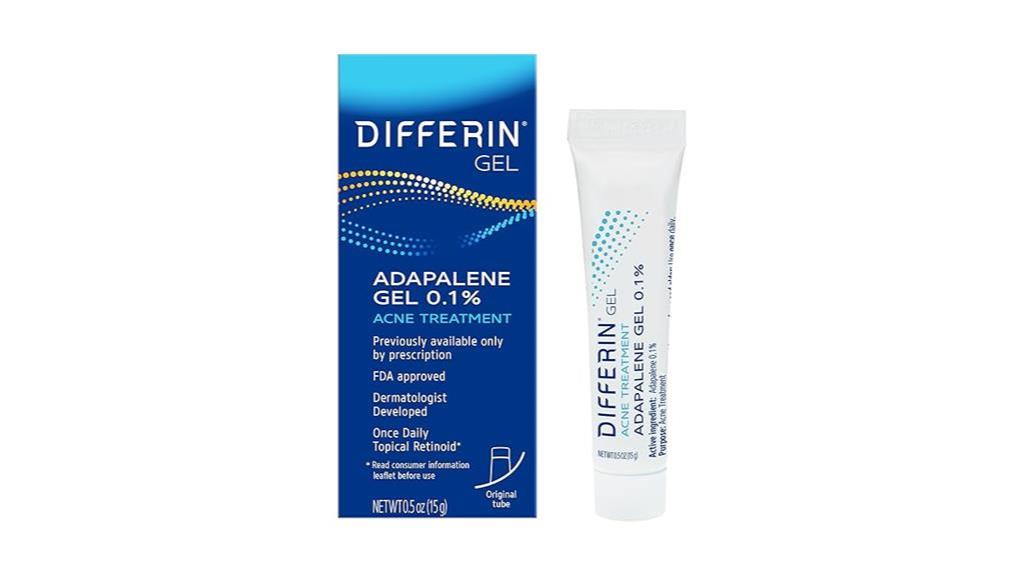
Differin Acne Treatment Gel Review: Does It Work?
Harness the power of Differin Acne Treatment Gel for transformative skincare results – discover why users are raving about this effective solution.

Here’s what you must know to pick the
best acne treatment in 2024 🏆

Harness the power of Differin Acne Treatment Gel for transformative skincare results – discover why users are raving about this effective solution.
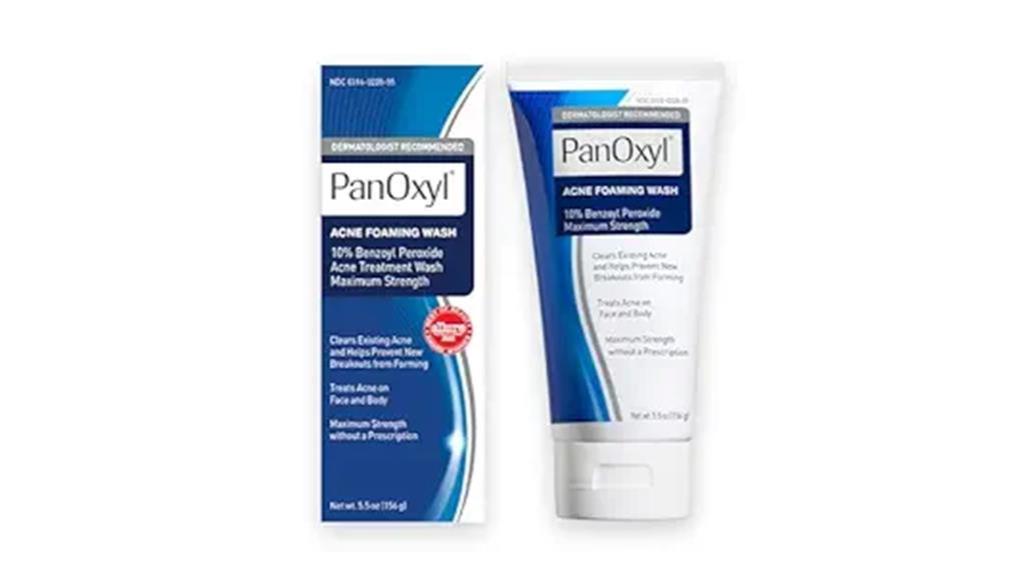
With 10% Benzoyl peroxide, PanOxyl Acne Foaming Wash is potent for oily skin, but what makes it stand out? Keep reading to find out!
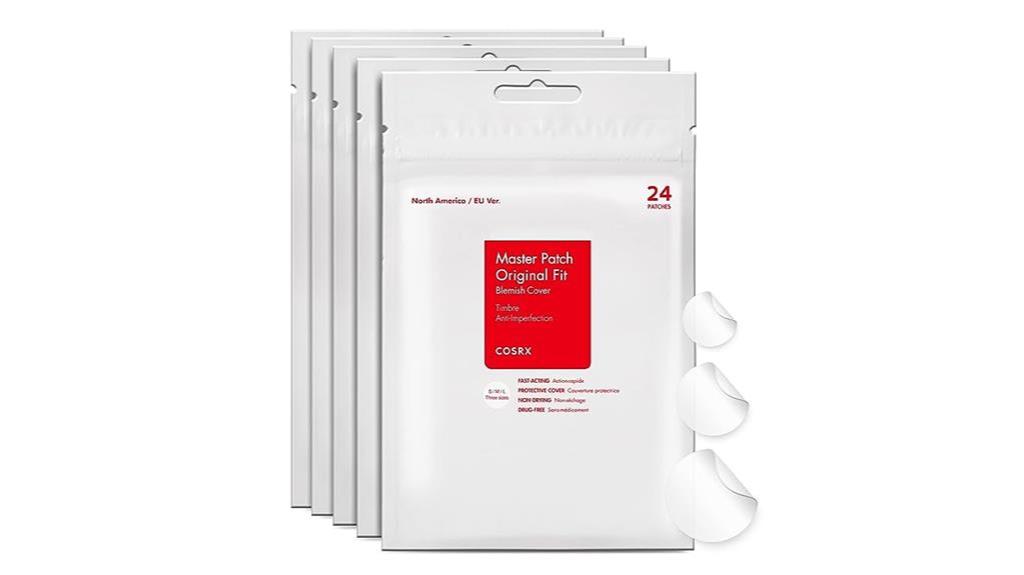
COSRX Acne Pimple Patches claim to deliver effective spot treatment flattening pimples overnight and reducing redness. But does it really work?
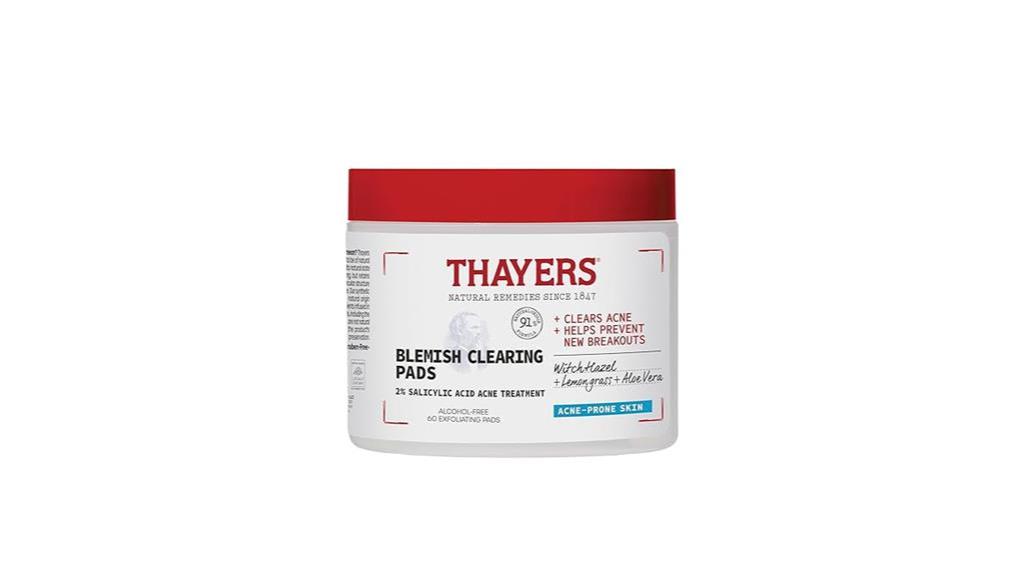
Thayers Blemish Clearing Toner Pads supposedly clears acne blemishes and maintains skin. Does this treatment work? Click to read the full review.
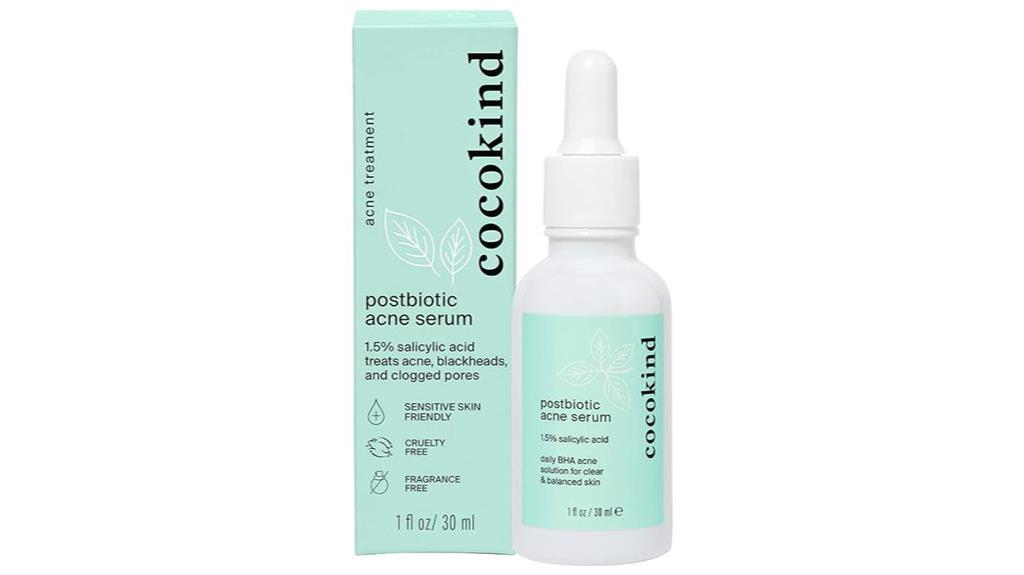
Struggling with acne? Discover how Cocokind’s Postbiotic Acne Serum can transform your skin with its new formula. User reviews and pros and cons.
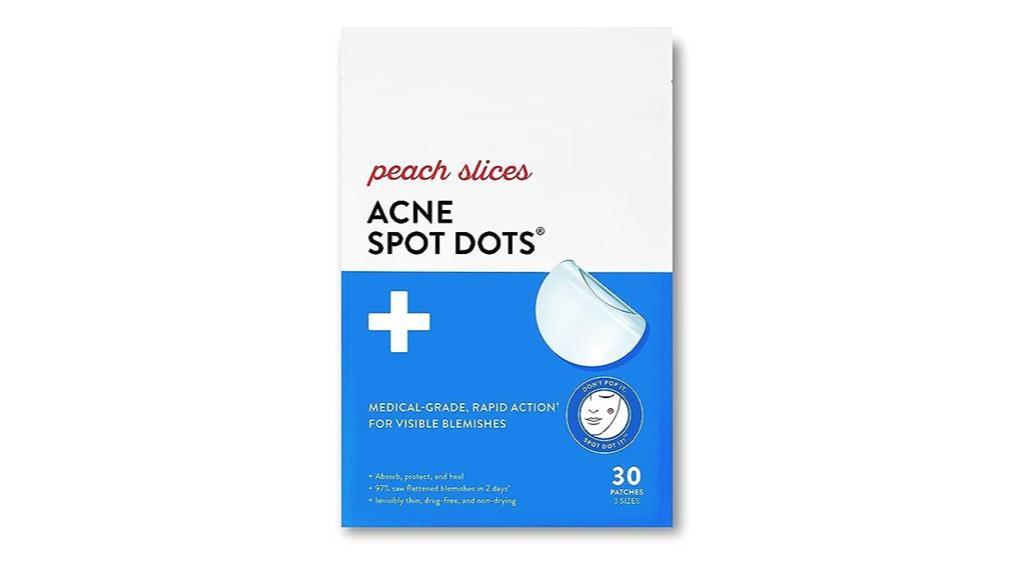
Combat inflammation and draw out impurities effectively with Peach Slices Acne Spot Dots? It’s a popular brand, but here are the pros and cons.
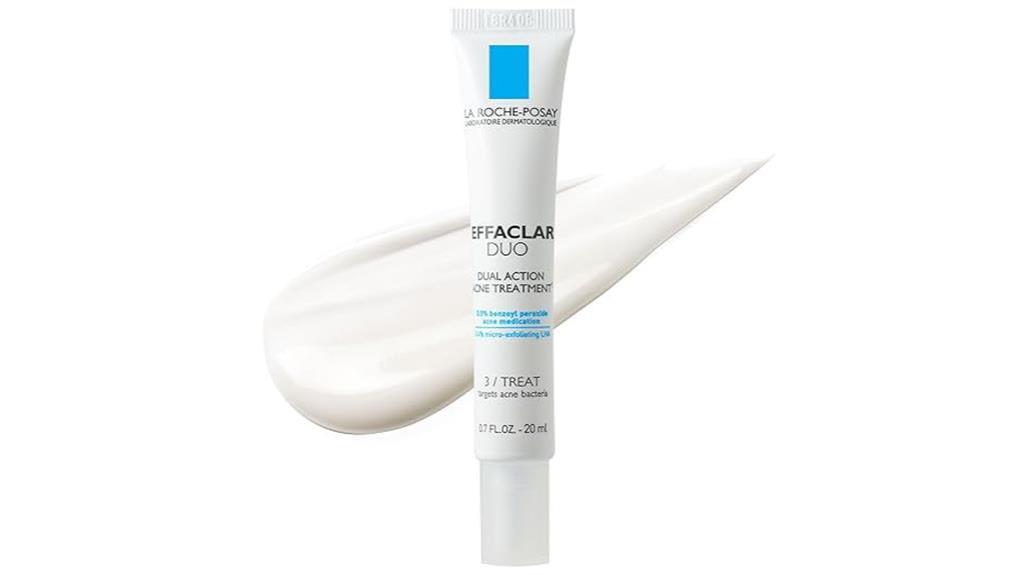
La Roche-Posay Effaclar Duo is a very popular acne treatment, offering effective care for blemishes. But does it work? This review discusses pros and cons.
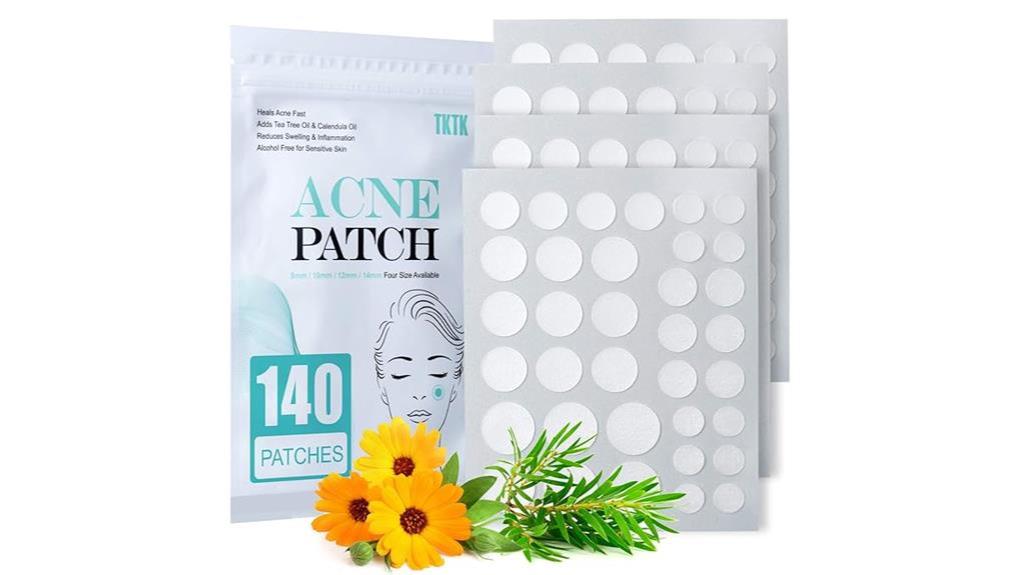
Acne Patch Pimple Patch reviews highlight diverse opinions on its effectiveness and possible pros and cons of this popular acne treatment.
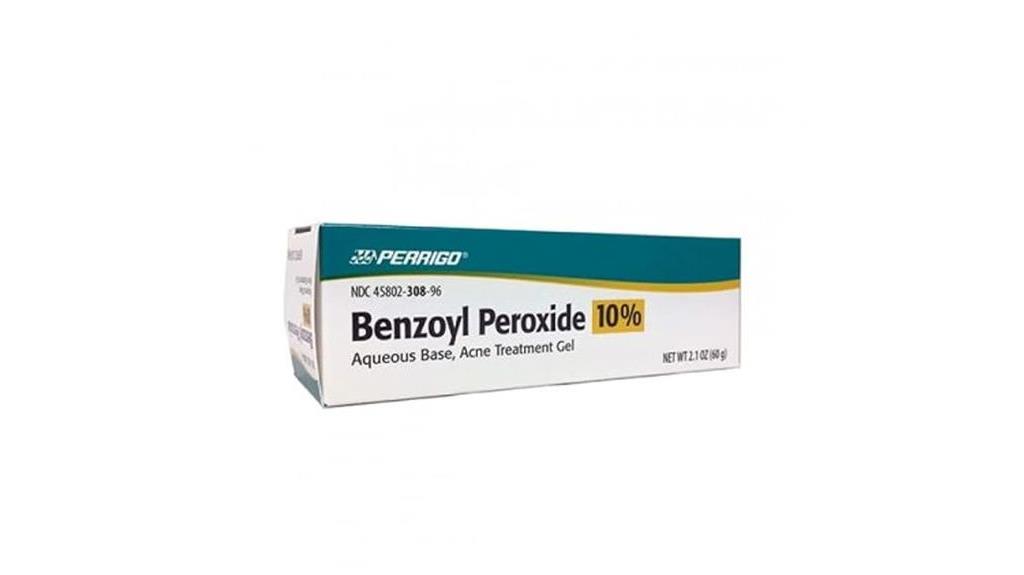
This review discusses possible outcomes of using Perrigo Benzoyl Peroxide Gel. What are the pros and cons of a strong benzoyl peroxide gel?
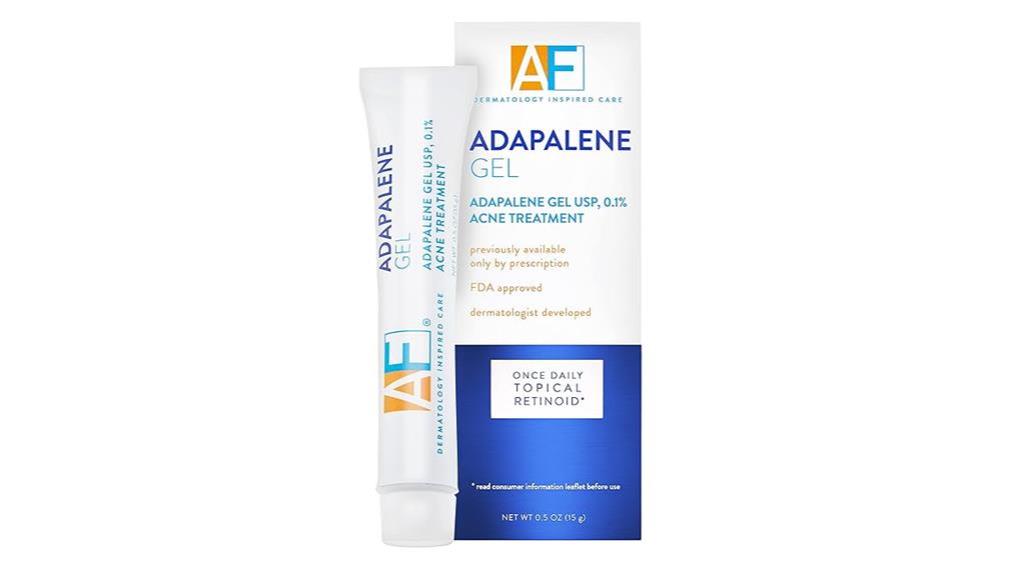
Learn about the dermatologist-endorsed Acne Free Adapalene Gel. This review discusses the pros and cons of this new solution for clear acne-free skin.
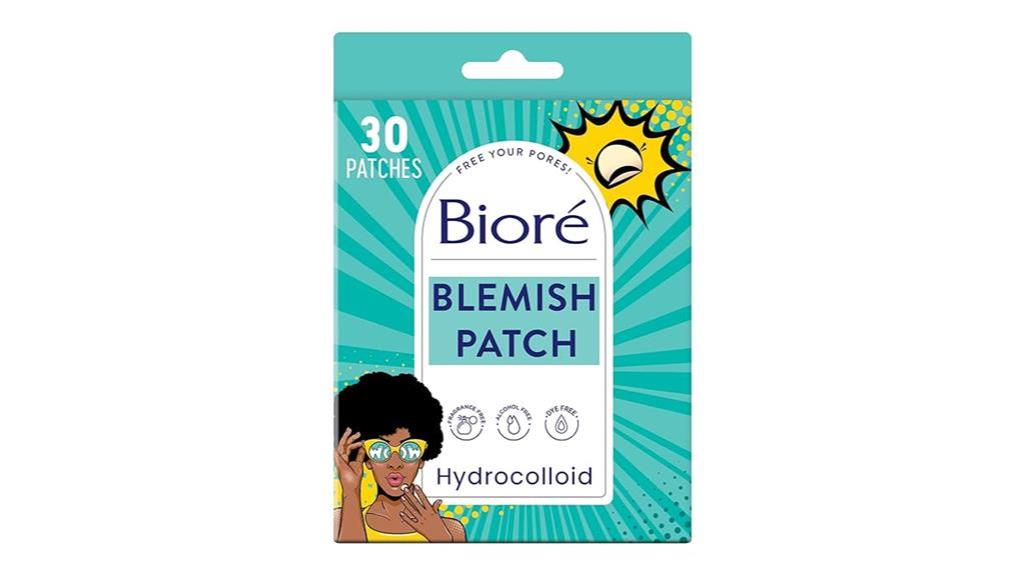
Biore Pimple Patches are a popular overnight treatment for pimples and blemishes. This review explores the advantages and limitations of pimple patches.
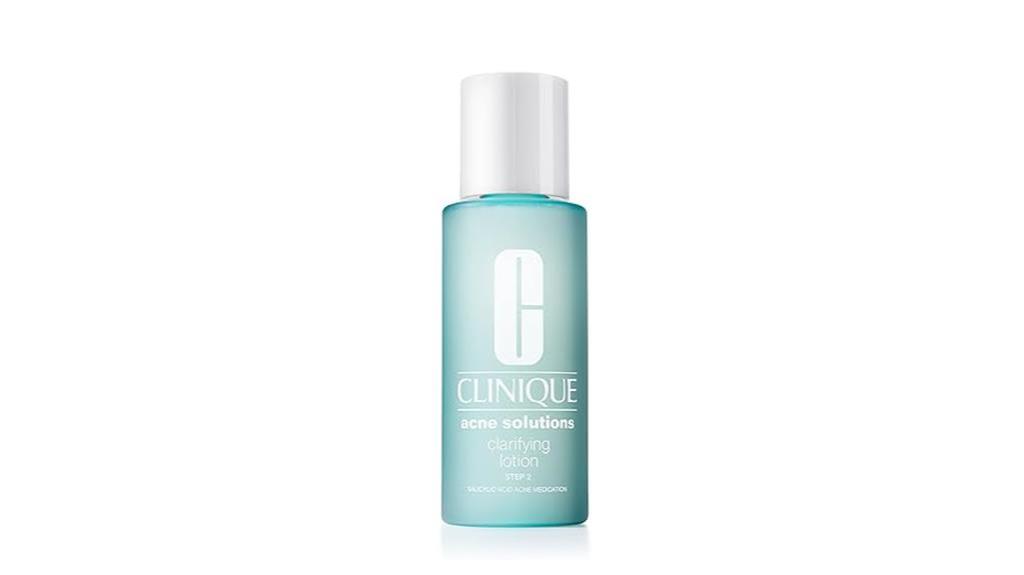
Need a solution for oily skin and acne? This review discusses Clinique Acne Solutions Clarifying Lotion, its effectiveness and potential side-effects.
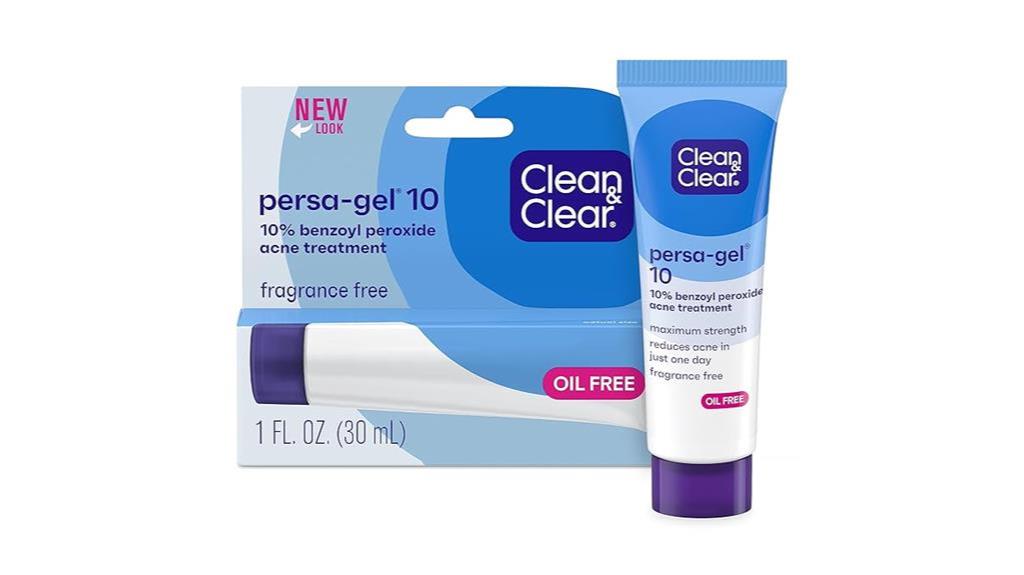
Discover how Clean Clear Persa-Gel 10 works overnight to combat blemishes, and what potential side-effects you need to consider.
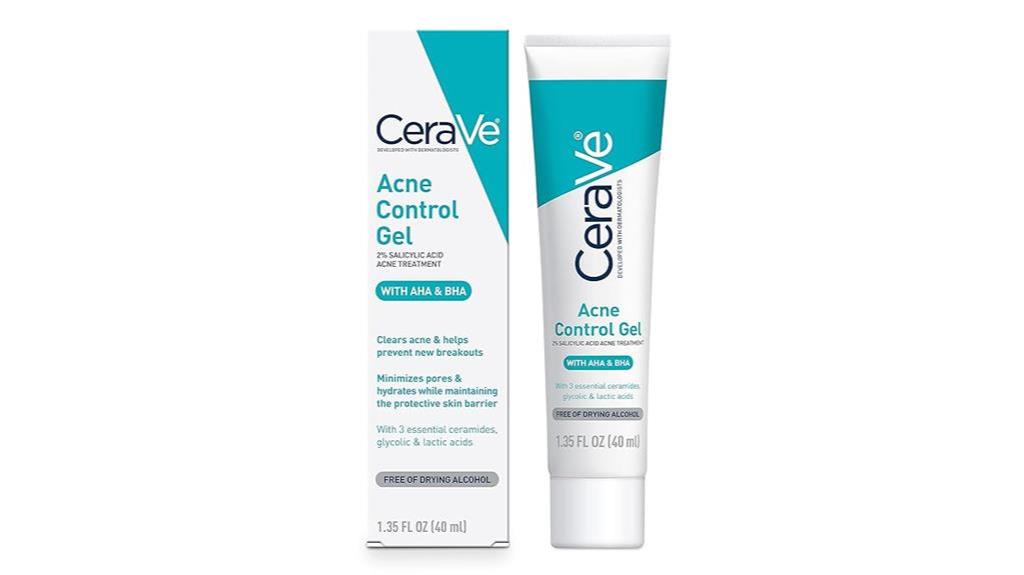
Tackle acne with the CeraVe Acne Treatment Gel, a game-changer for clearer skin – find out why users are raving about its results!